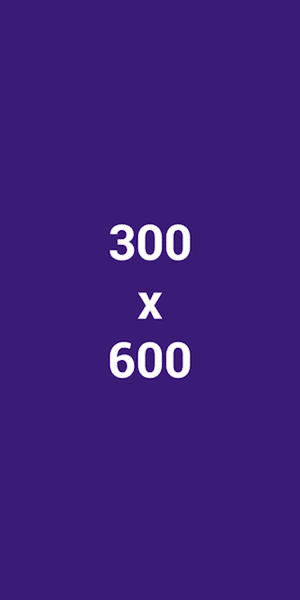As families and students eagerly anticipate the educational opportunities that lie ahead, understanding the intricacies of securing financial aid becomes paramount. The 2025-26 academic year introduces a pivotal moment for millions of Americans who rely on the Free Application for Federal Student Aid (FAFSA) to access a treasure trove of financial resources, including federal student loans, grants, work-study programs, and scholarships. This form serves as the key to unlocking the door to higher education for countless individuals each year, making its nuances and timelines crucial knowledge for prospective college attendees and their families.
The Department of Education has pledged a full launch of the FAFSA by December 1st—an announcement that brings clarity and a sigh of relief to many. However, the unveiling of the form comes with an innovative twist this year, offering select groups of students the chance to access and submit their applications as early as October 1st. This strategic move, part of a beta testing initiative designed by the Education Department, aims to iron out any potential flaws in the FAFSA process well before its general release. Traditionally opening its digital doors to all applicants on October 1st, the FAFSA’s early access period this year marks a significant departure from its standard timetable, offering a glimpse into the future of how such crucial processes might evolve.
Financial aid specialists are watching these developments with optimistic eyes, hopeful that the phased rollout of the form will circumvent the technical hitches and frustrating delays that marred the previous year’s FAFSA experience. Karen McCarthy, vice president of public policy and federal relations at the National Association of Student Financial Aid Administrators, highlights the proactive measures being taken to ensure a smoother application process, aiming to preemptively tackle the glitches that applicants encountered last year when the FAFSA’s debut was delayed until December.
For those setting their sights on college for the 2025-26 school year, several key updates and modifications to the FAFSA are worth noting. The upcoming application cycle ushers in the second year of what is being called the “simplified FAFSA,” a streamlined version of its predecessor that debuted in the 2024-25 school year. This revised format significantly reduces the number of questions—from upwards of 108 in earlier versions to just about 36. This simplification not only alleviates the burden on applicants but reflects deeper adjustments in how financial aid packages are calculated, including the notable elimination of the “sibling discount,” which had previously offered benefits to families with multiple children in college simultaneously.
Amid this backdrop of change, a distinct phased rollout strategy is taking shape. From October 1st to December 1st, the Education Department will engage student volunteers in beta testing, closely monitoring their experiences and collecting invaluable feedback. This methodical approach allows for ongoing adjustments, ensuring that when the FAFSA becomes available to the broader public in December, it is as user-friendly and efficient as possible. The Department’s collaboration with various educational institutions and organizations aims to forge a diverse group of student volunteers for early FAFSA access, setting the stage for a comprehensive evaluation and refinement process.
Notably, early FAFSA access during this beta testing does not equate to early financial aid allocations, as McCarthy emphasizes the importance of fairness and accuracy throughout this preliminary phase. However, two significant advantages accompany participation in the test period: personalized assistance from the Education Department and the assurance that one’s FAFSA submission is timely, safeguarding eligibility for priority financial aid deadlines.
Nevertheless, for the vast majority who will engage with the FAFSA during its public phase, preparing ahead remains critical. Securing a Federal Student Aid (FSA) ID well in advance by visiting studentaid.gov ensures readiness when the application window officially opens. This proactive measure, complemented by assembling a comprehensive college list and advancing through admissions applications, positions applicants favorably as they navigate the financial aid process.
As the phased rollout unfolds, resources and support channels remain available to guide applicants through this journey. High school seniors, in particular, are encouraged to consult their guidance counselors for tailored advice, while current and prospective college students should reach out to financial aid offices at their institutions of choice for specialized assistance.
Amid these logistical and procedural updates, the underlying message remains clear: the FAFSA continues to be an essential step for accessing financial aid, with opportunities abundant for those who diligently navigate the application process. It’s a reminder that while the path to higher education may seem daunting, the rewards of persistence and informed preparation can be profound.
In wrapping up this exploration of the 2025-26 FAFSA’s landscape, it’s evident that the journey toward securing financial aid is undergoing notable improvements. For more insights and trending articles on such critical topics, a visit to [DeFi Daily News](http://defi-daily.com) can provide a wealth of information to navigate these educational transitions entertainingly and informatively. As families and students align their aspirations with the possibilities ahead, staying informed and proactive remains the guiding star toward the realization of academic dreams.
Source link



















